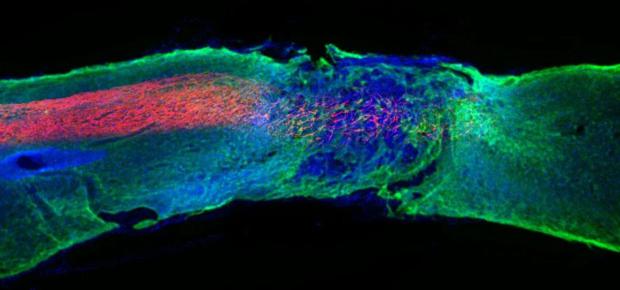
Breaking News
 Imagine All the People: Food, Freedom and What It Means To Be Human
Imagine All the People: Food, Freedom and What It Means To Be Human
 Long-term aspartame intake sabotages brain and heart function
Long-term aspartame intake sabotages brain and heart function
 NonConformist Series: Practical Wealth - Join us virtually Dec 29-30, 2025
NonConformist Series: Practical Wealth - Join us virtually Dec 29-30, 2025
 New bill would allow private citizens to fight cartels: 'WE ARE UNDER ATTACK'
New bill would allow private citizens to fight cartels: 'WE ARE UNDER ATTACK'
Top Tech News
 Perfect Aircrete, Kitchen Ingredients.
Perfect Aircrete, Kitchen Ingredients.
 Futuristic pixel-raising display lets you feel what's onscreen
Futuristic pixel-raising display lets you feel what's onscreen
 Cutting-Edge Facility Generates Pure Water and Hydrogen Fuel from Seawater for Mere Pennies
Cutting-Edge Facility Generates Pure Water and Hydrogen Fuel from Seawater for Mere Pennies
 This tiny dev board is packed with features for ambitious makers
This tiny dev board is packed with features for ambitious makers
 Scientists Discover Gel to Regrow Tooth Enamel
Scientists Discover Gel to Regrow Tooth Enamel
 Vitamin C and Dandelion Root Killing Cancer Cells -- as Former CDC Director Calls for COVID-19...
Vitamin C and Dandelion Root Killing Cancer Cells -- as Former CDC Director Calls for COVID-19...
 Galactic Brain: US firm plans space-based data centers, power grid to challenge China
Galactic Brain: US firm plans space-based data centers, power grid to challenge China
 A microbial cleanup for glyphosate just earned a patent. Here's why that matters
A microbial cleanup for glyphosate just earned a patent. Here's why that matters
 Japan Breaks Internet Speed Record with 5 Million Times Faster Data Transfer
Japan Breaks Internet Speed Record with 5 Million Times Faster Data Transfer
See Incredible Transformation of Paralyzed Mice Given Nanofibers in 4 Week Study Breakthrough

The treatment opens a gateway into research on curing paralysis that's never been opened before, and could be subject of FDA trials as early as next year.
"I cannot tell you how excited I am about this work," said Northwestern University's Samuel Stupp, who led the trial. "This is probably the most important paper I've ever written, and it describes a piece of science that was truly unknown."
Spinal cord injuries are generally game over as far as normal movement is concerned—on average, fewer than 3% of the 300,000 people in the U.S. living with such injuries will ever recover meaningful function over their legs.

 Advanced Propulsion Resources Part 1 of 2
Advanced Propulsion Resources Part 1 of 2

